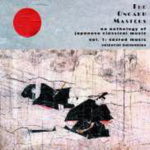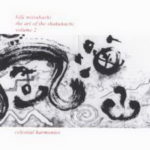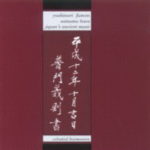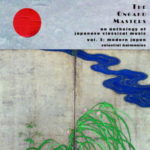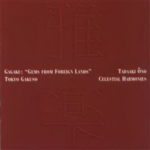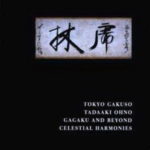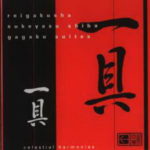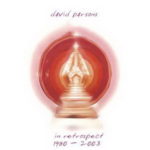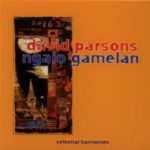Description
Volume Two of this series, which features the artistry of the koto player Nanae Yoshimura, comprises six pieces ranging from the core classical repertoire of the 17th century to new works composed in the first decades of the 20th. Two great masters stand out: Kengyo (Kengyo meaning master) Yatsuhashi (1614-85), the founder of the tradition of Japanese koto music played by blind musicians, and Michio Miyagi (1894-1956), the great blind musician of the first half of the 20th century who not only embodied that tradition but opened up exciting new possibilities through his new compositional and performance activities.
The koto belongs to the family of long zithers, and as with many other Japanese instruments, it can be traced back to the Asian mainland. Its history in Japan spans more than twelve centuries. The slightly convex body of the instrument is a hollow shell made of kiri, or princess tree, and its strings are traditionally made of silk, although nylon strings are now in common use.
In the initial planning stages, it was envisaged that this second volume should continue the chronological survey of the history of music for koto started in Volume One, beginning with the second half of the 19th century, where the first volume left off. Lively discussions amongst those involved, however, encouraged Yoshimura to include two more pieces from the core classical repertoire attributed to Yatsuhashi: Shiki-no-kyoku as an example of his koto kumiuta (‘song cycle’) repertoire, and Hachidan as the third and final danmono attributed to him. The former, especially, is a brave choice. Although it was by means of mastering the thirty–something pieces of the kumiuta repertoire that musicians of this genre trained until the end of the 19th century, few koto players today are attracted by the refined restraint that they require. In contrast, the danmono repertoire is still extremely popular, and Yoshimura’s renditions, in this and the preceeding volume, of all three pieces attributed to Yatsuhashi should join the ranks of definitive readings.
Booklet annotation is provided by Associate Professor Steven G. Nelson, the only Western member of staff at the Research Centre for Japanese Traditional Music, Kyoto City University of Arts, Kyoto, Japan.
CD Review by John Williams
Koto is the National Instrument of Japan. It is traditionally a thirteen stringed instrument with thirteen moveable bridges which the artist can adjust before playing. It is plucked using three finger picks.
It has been adapted by Western musicians from Queen, David Bowie, The Rolling Stones through to Dave Brubeck.
Nanae Yoshimura began studying Koto with her mother as a child and became a teacher of the Koto at the age of sixteen.
She is an International performer having performed recitals in cities such as New York, Paris, London and Vienna. She performed at the Centenary celebrations of Carnegie Hall. She has won several major prizes and published several CDs.
Nanae also sings traditional songs as she accompanies herself on the koto. There are six tracks on the CD all of traditional Japanese music.
I found it quite relaxing to listen to but, not having heard anything like this before, it took several listenings to get my head around it.
If you are a meditator or just want to unwind after a stressful day this CD would be of interest to you.
If you like Japanese music then this CD played by a master of the instrument will be a useful addition to your collection.

